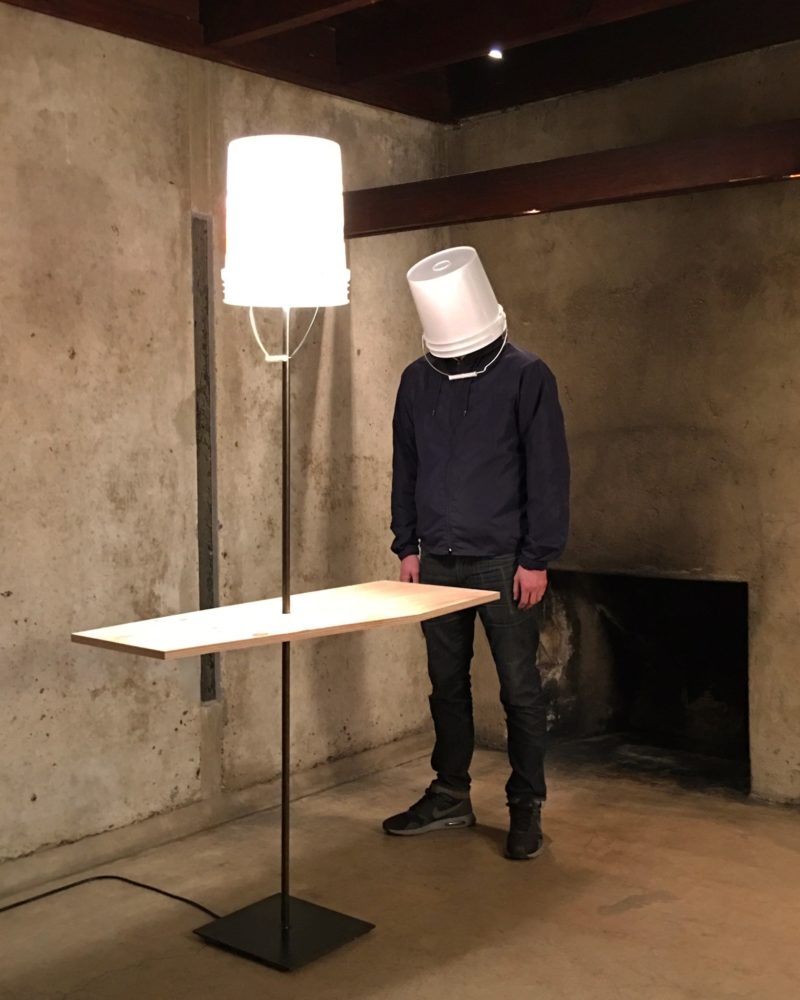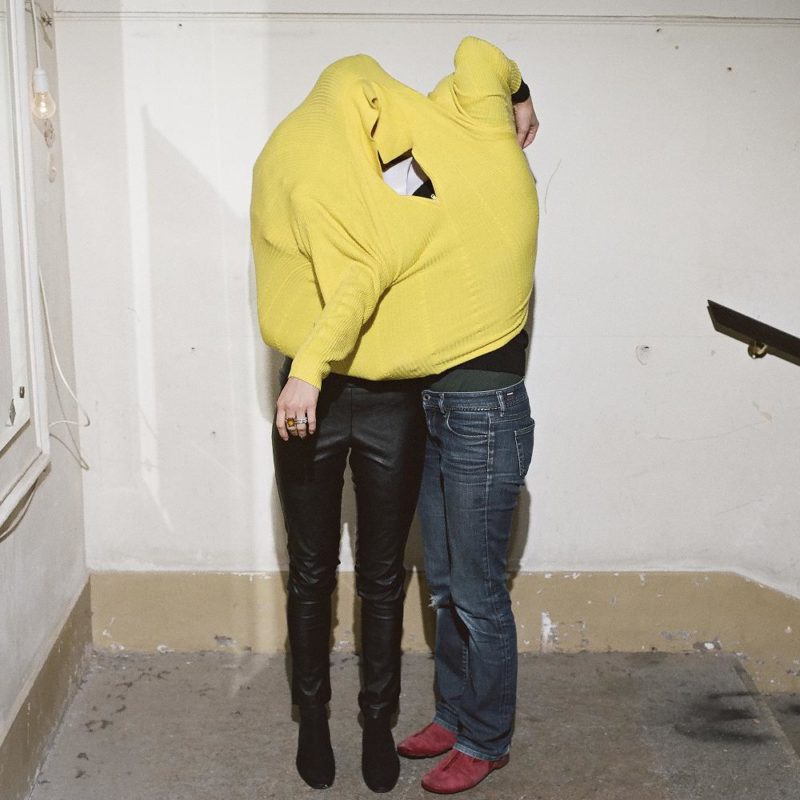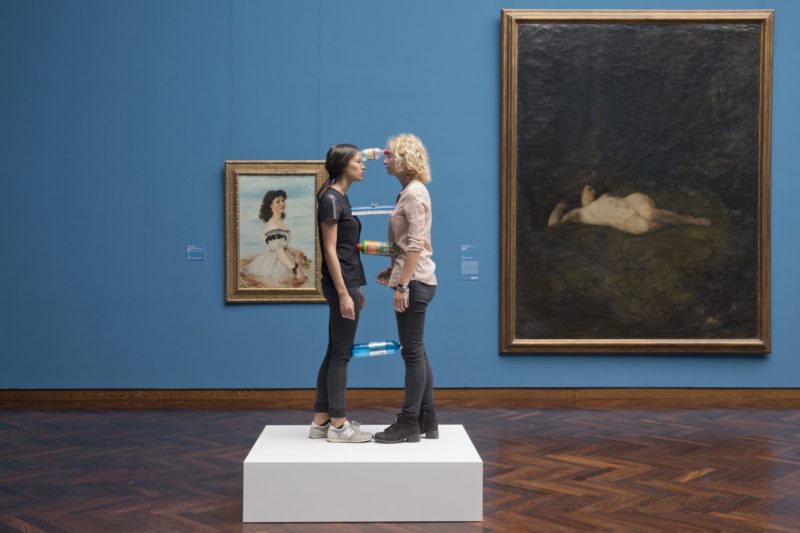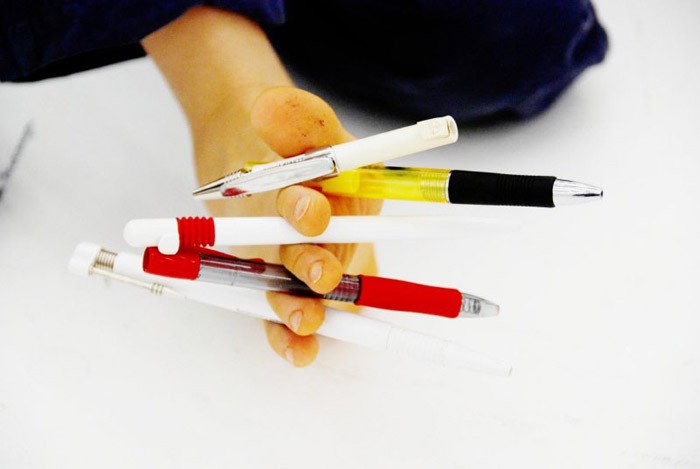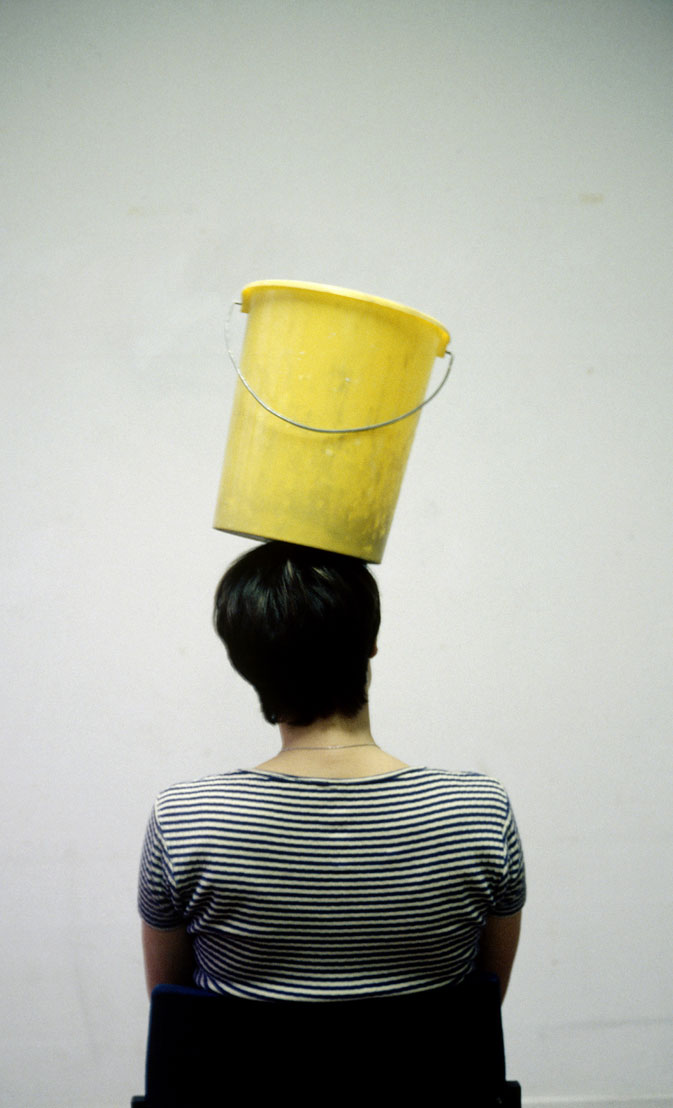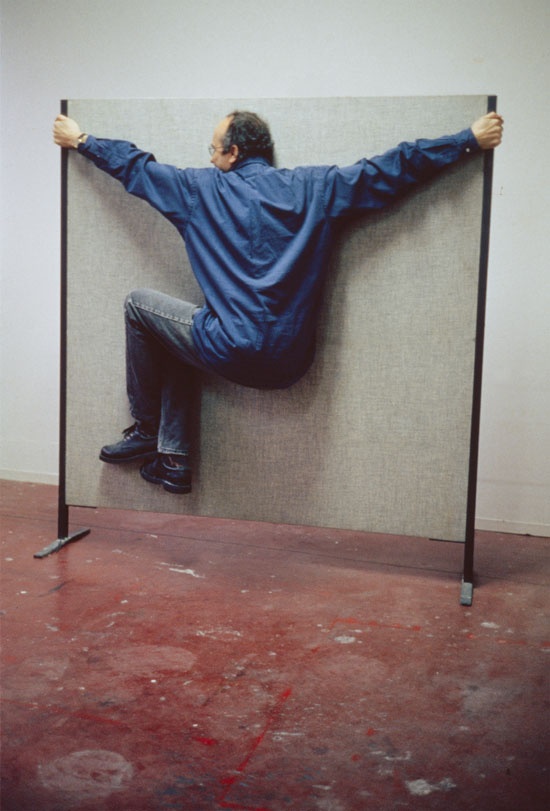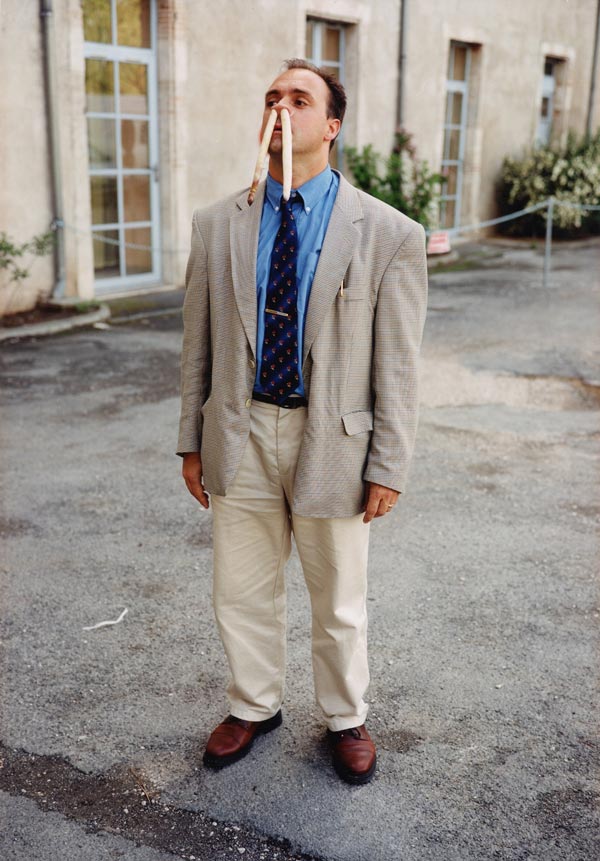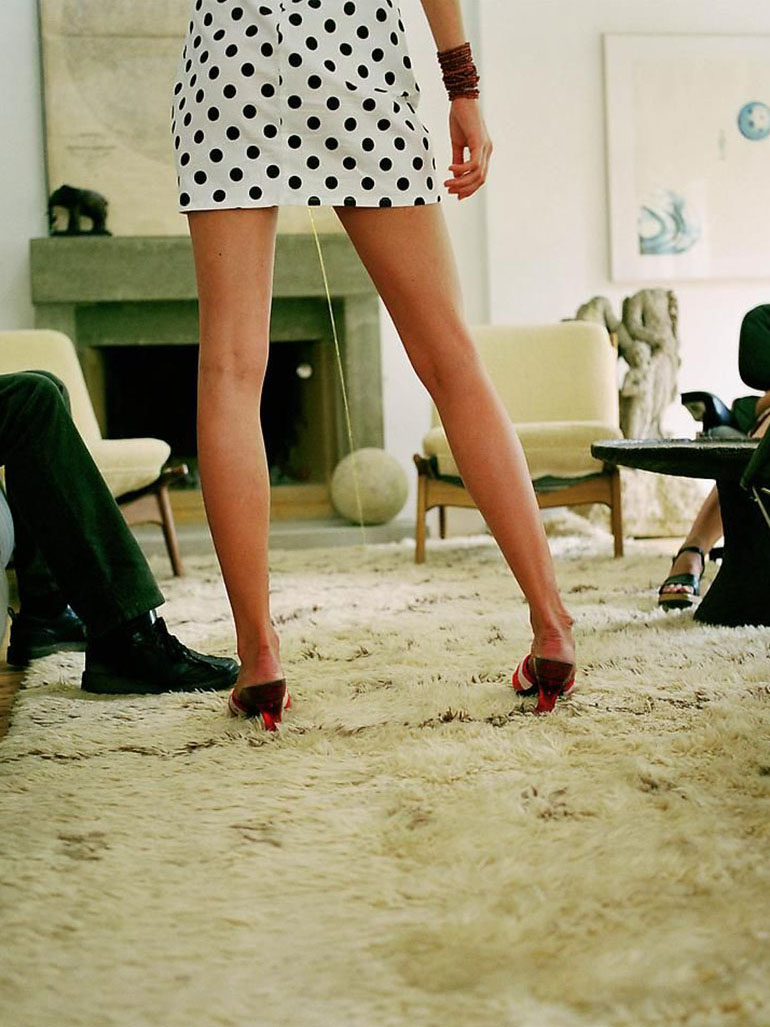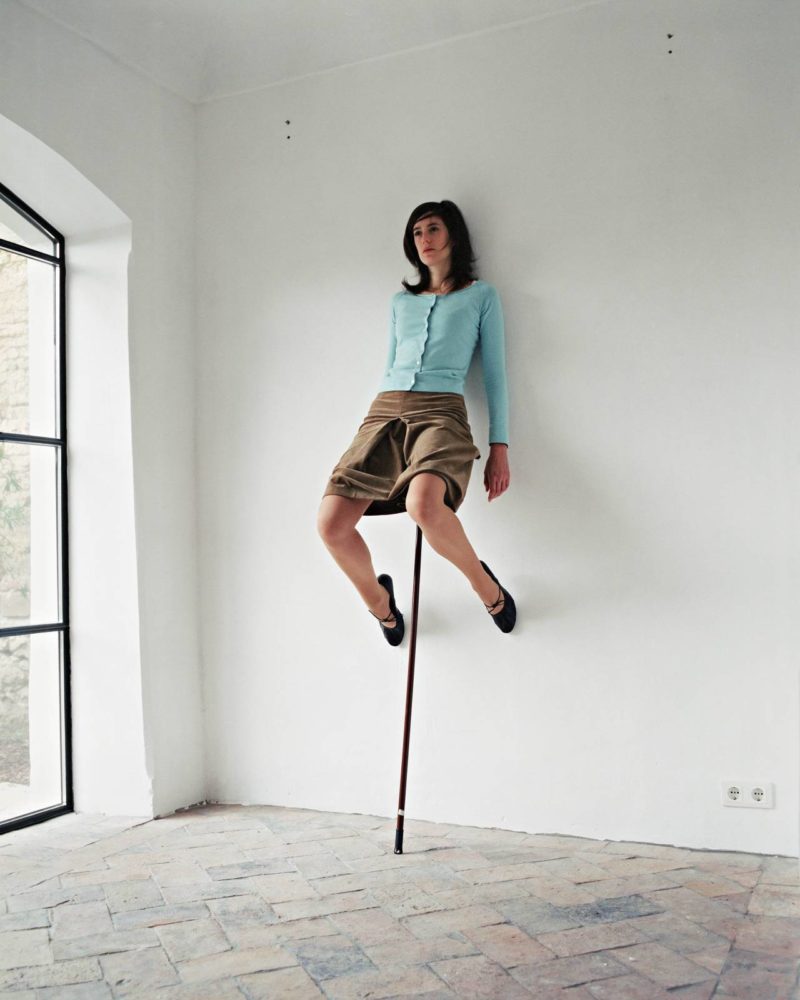
Who is Erwin Wurm?
Erwin Wurm was born in 1954 in Bruck an der Mur, Styria, Austria. He is known for his humorous style as well as his peculiar portrayals of daily life.
Since the late 1990s Austrian artist, Erwin Wurm 1 is working on his on-going One Minute Sculpture 2 series in which he or others pose with everyday objects, often within an art space.
Studies
Wurm studied at the Academy of Fine Arts and Vienna College for Applied Arts until 1982. Before that, the artist first attended the Mozarteum in Salzburg between 1977 and 1979.
After graduating from college, Wurm started experimenting with different ideas, making statuary sculptures from wood and metal oil barrels that he welded together. He then painted the sculptures in an abstract and informal style. He used common and readily available materials such as scrap metals, wood, planks, or buckets. These materials meant the artist would work with less fuss.
Early sculptures & technique
During the 1980s, the statues 3 created by Wurm portrayed a variety of art-historical styles. The figures would then be twisted and turned, crafted in a suggesting movement, or hack to futurism as well as the speed and dynamics it portrayed.
The artist uses everyday objects he comes across; screws, nails, chairs, suitcases, you name it. He turns them into mind-blowing sculptures that usually make viewers question the true meaning of sculpture. Wurm currently lives and works in Limberg and Vienna, Austria.
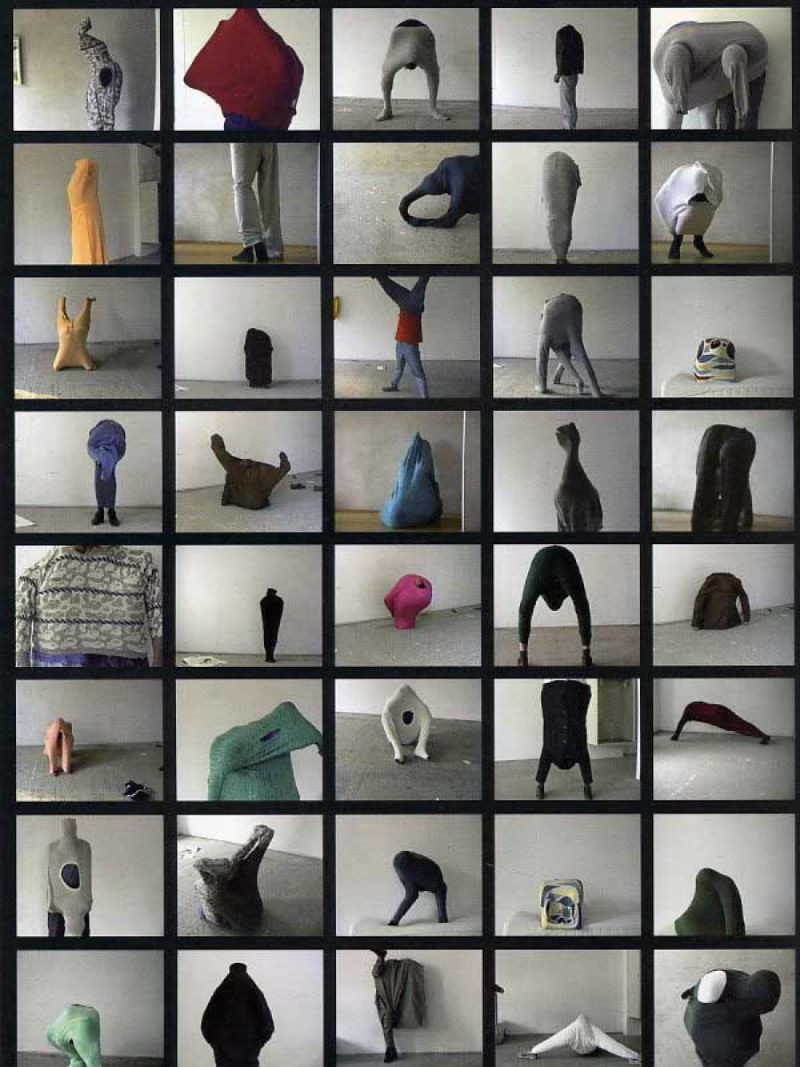
One Minute Sculptures
One Minute Sculptures involves models posing with day-to-day items but in bizarre and unnatural ways. The sculptures are created spontaneously without much thought going into them. The resulting images are violent or pornographic, or in any off-putting manner, and are typically beyond the paradigm of the actual uses of the objects featured.
One Minute Sculptures does not use any conventional sculptural materials. It also does not employ the use of three-dimensional to create projects that can be exhibited. The sculpture is replaced with another “sculpture” capable of doing what the first sculpture couldn’t – successfully disintegrating from the sculpture.
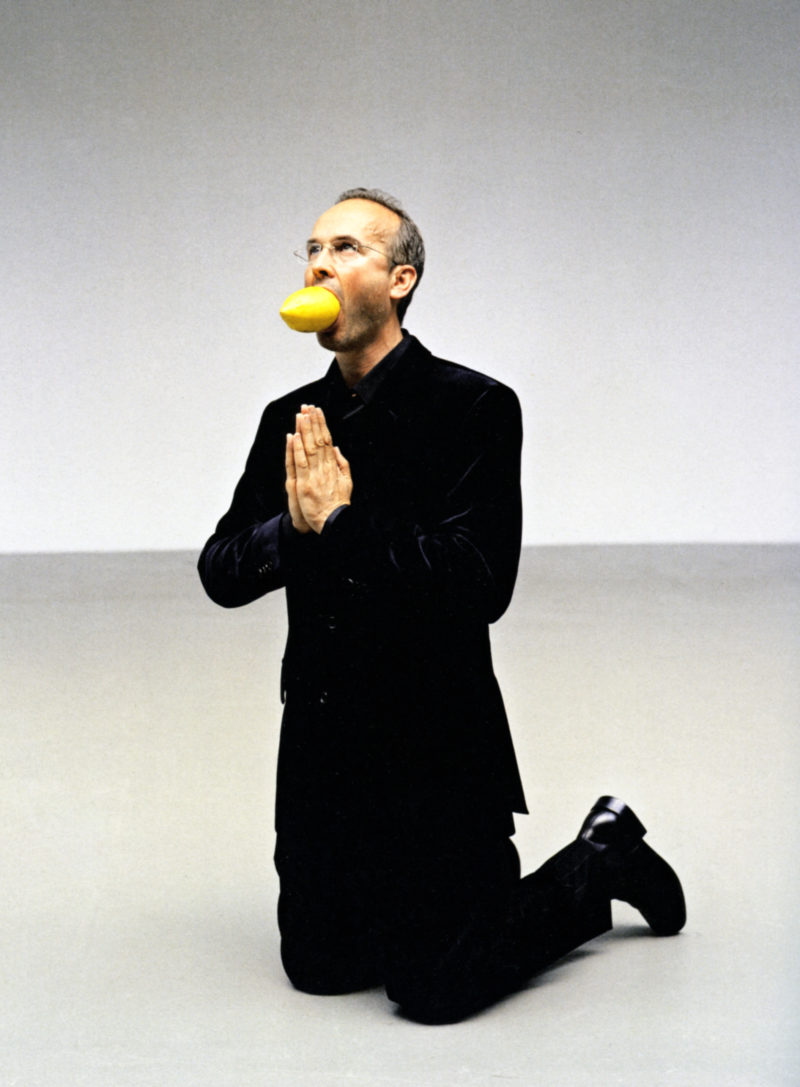
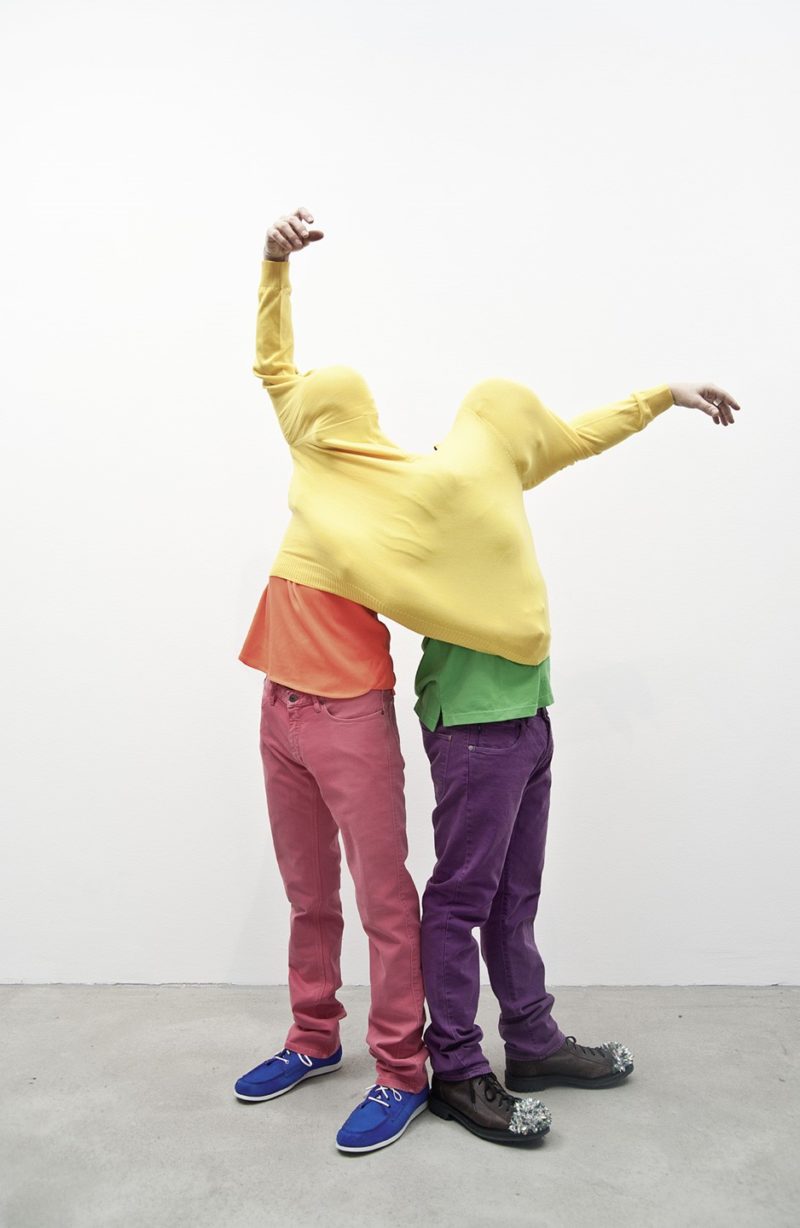
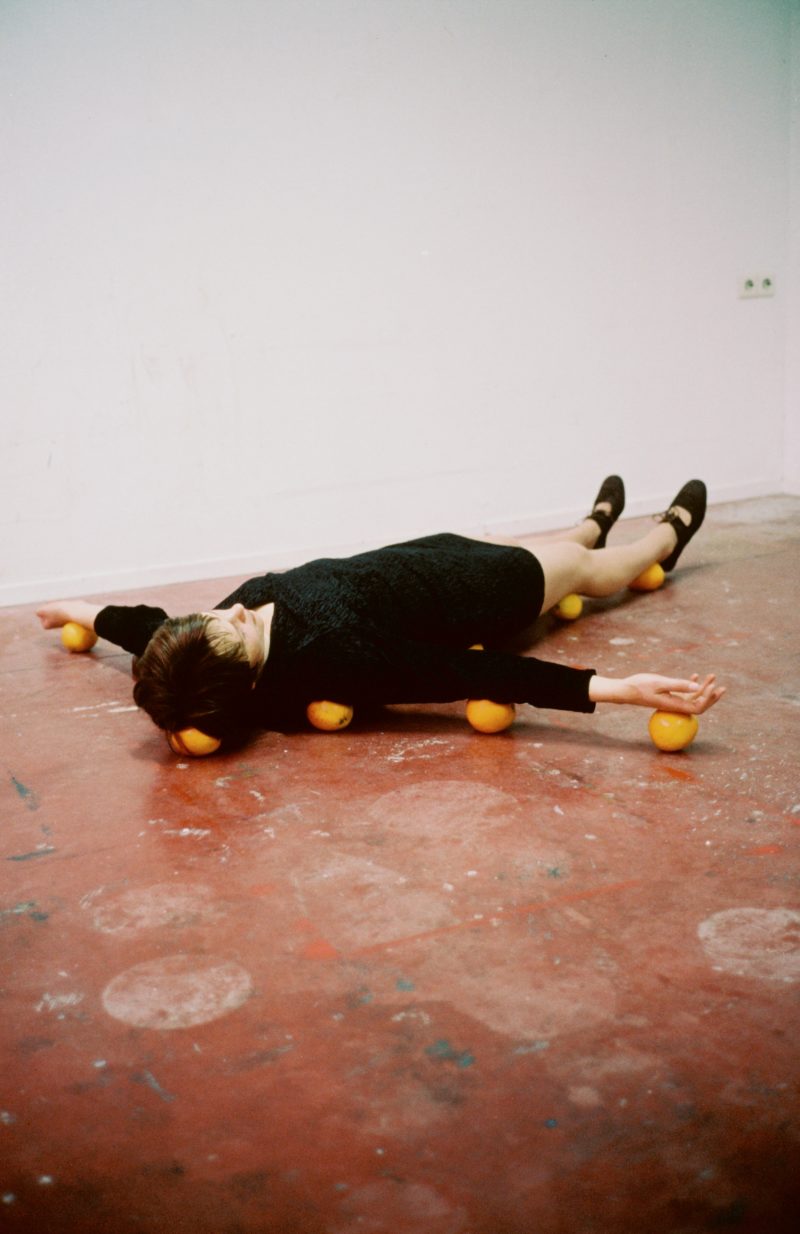
Inspiration
The idea for One Minute Sculptures did not just come instantly. It was something that was slowly developing way before when Wurm was creating real sculptures. In one of his early works, The Second Step (1984), the figure seems on the verge of leaving its state and get out of the “sculpture” – indicating the element of disintegration.
Wurm began developing the One Minute Sculptures series decades ago, seeking the shortest way to create a precise and fast sculpture. With him, sculpture is defined loosely, and that is why he calls every one of his works sculptures, be it photographs, books, paintings, and videos.
In his book The Artist Who Swallowed the World (Hatje Cantz), Wurm said:
I am interested in the everyday life. All the materials that surrounded me could be useful and the objects, topics involved in contemporary society. My work speaks about the whole entity of a human being: the physical, the spiritual, the psychological and the political.
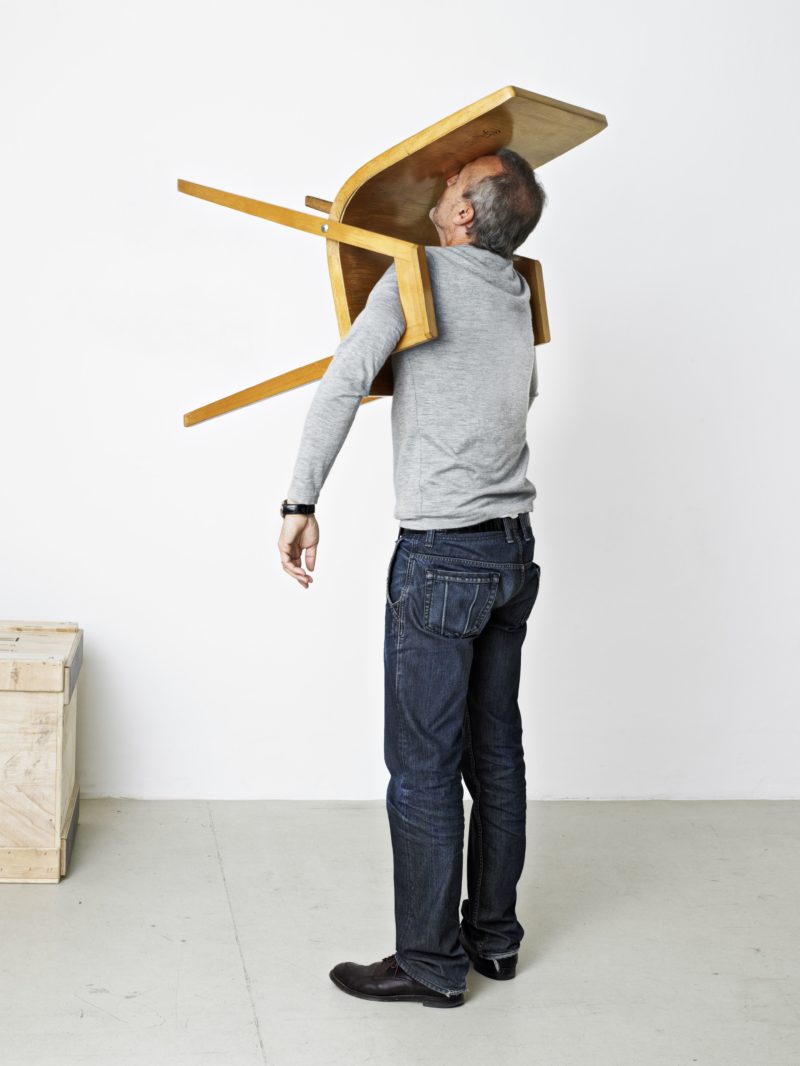
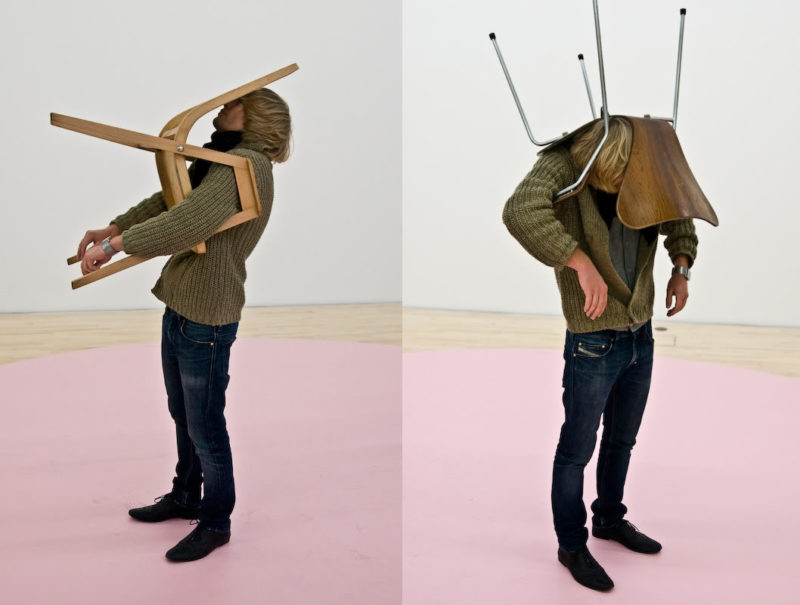
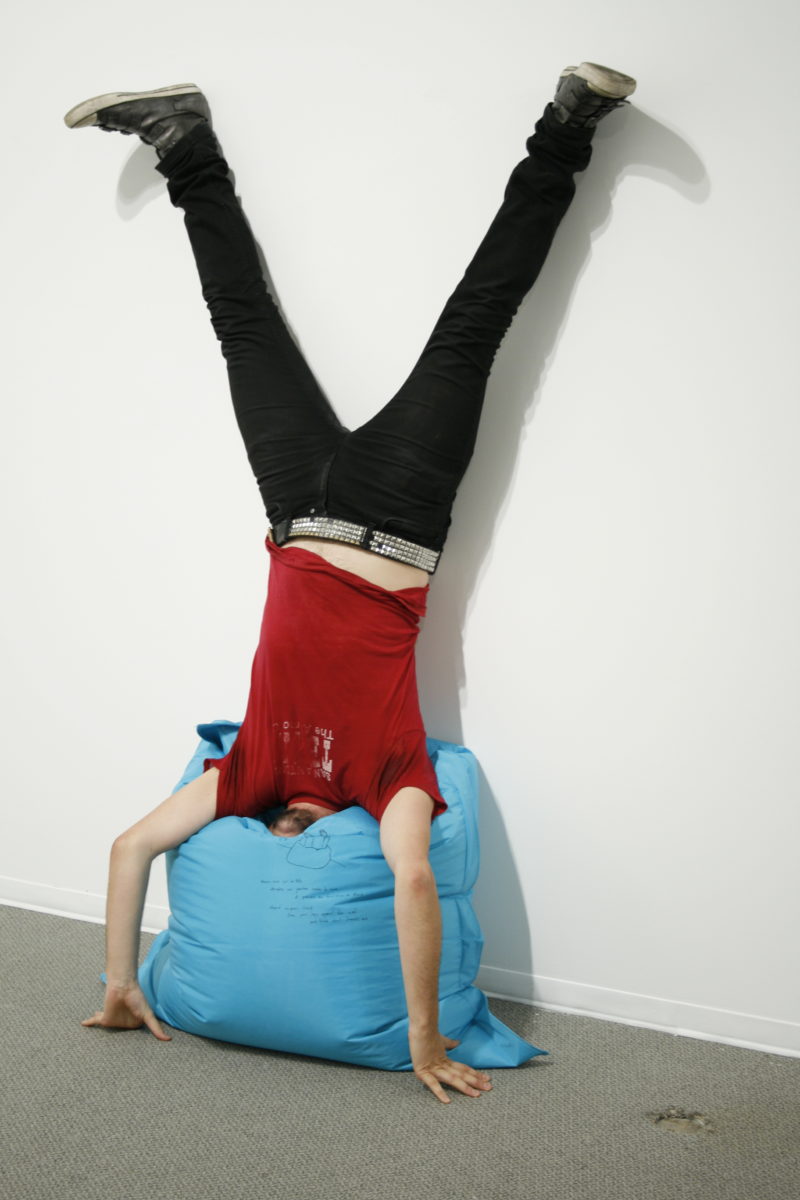
How it started
Over time, Wurm shifted from using 3D objects to photographs and videos. His first sculpture expressed in the medium of video was the Still I (1990), which is part of the One Minute Sculptures. In the video, a man can be seen standing motionless with an inverted bowl on his head, covering his eyes to hide the involuntary movement on the part of the viewer.
When the short clip is put on a 60-minute loop, it creates an illusion that it is a standstill. So, by stretching the time, one can actually transform action into a sculpture, albeit a living sculpture.
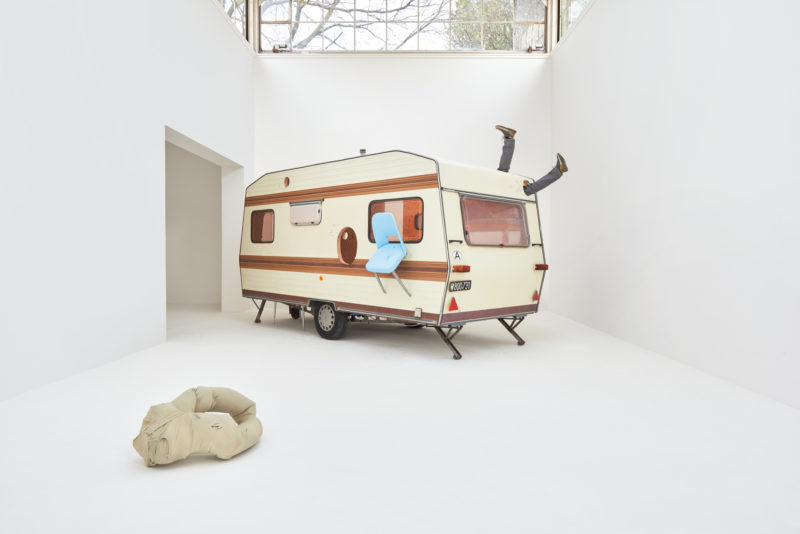
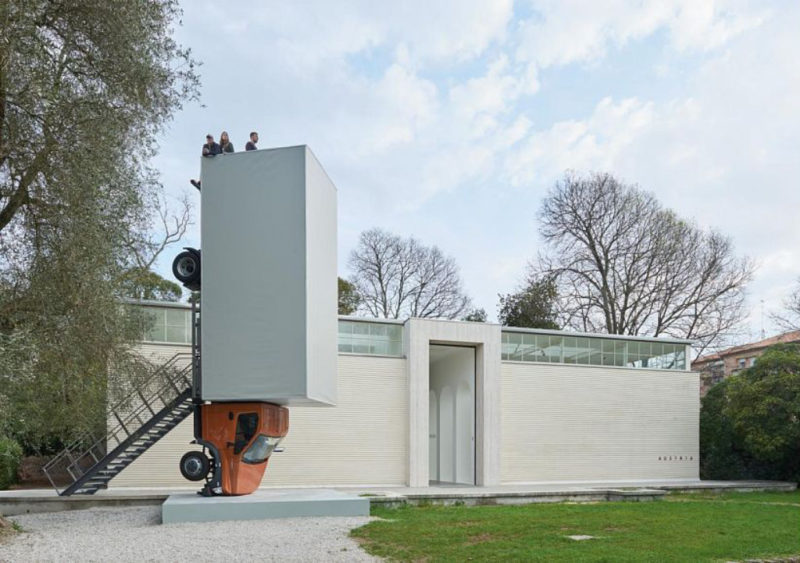
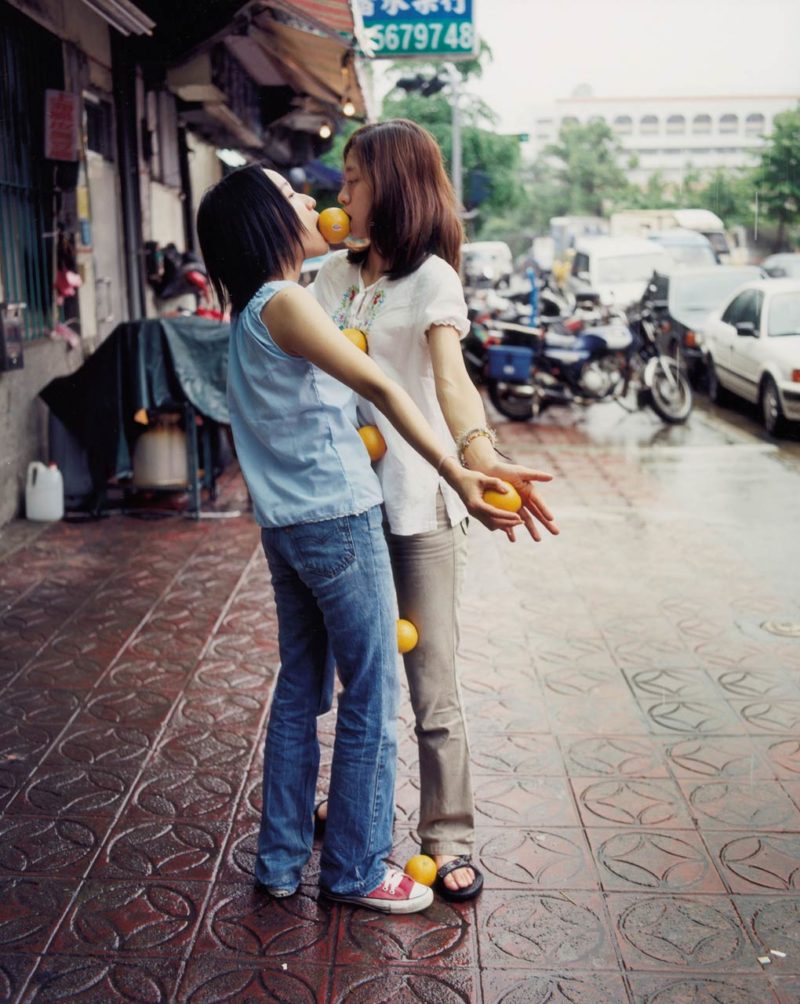
Humor
Shedding light on the use of humor, he is quoted in an interview saying:
If you approach things with a sense of humor, people immediately assume you are not to be taken seriously. But I think truths about society and human existence can be approached in different ways. You don’t always have to be deadly serious. Sarcasm and humor can help you see things in a lighter vein.
Since the images are spur-of-the-moment, the artist does not create them in conventional mediums but rather captures them in films. While the images are humorous, they still do not escape the fact that they extend reality in disturbing ways.
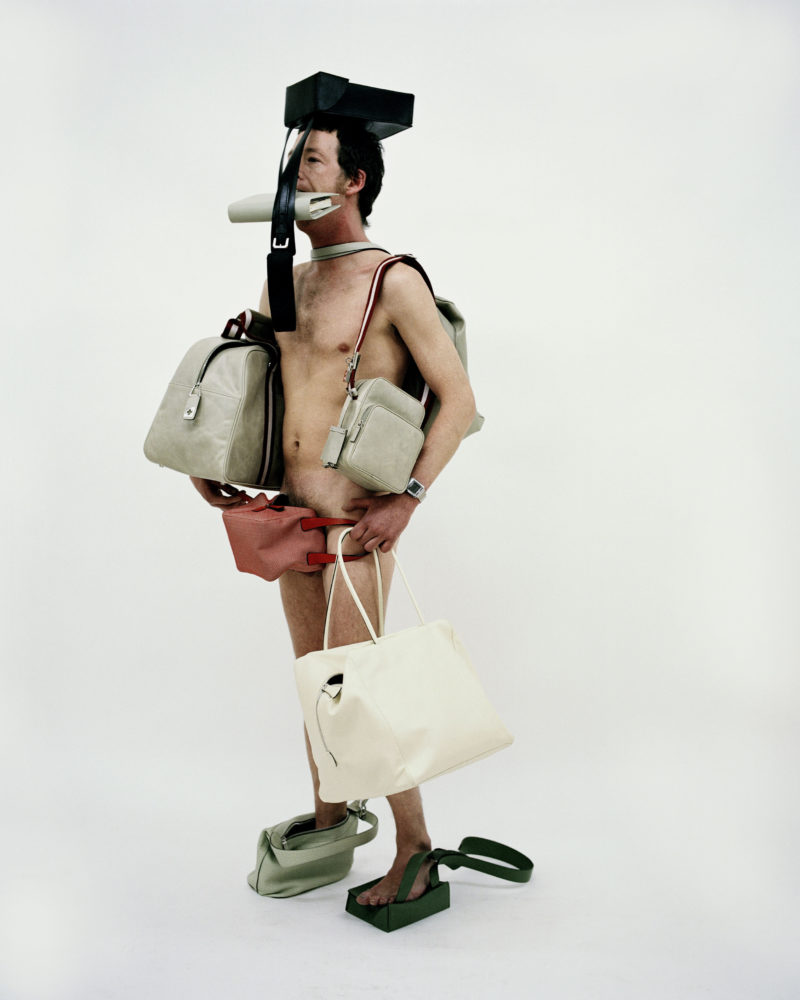
One Minute Sculptures invites viewers to look closer at the art and deduce the underlying meaning, and after “seducing them with humor, to get them to move closer to the sculpture.”
The wittiness in the sculptures should not, however, override the importance of the underlying message. According to Wurm, The quick sculptures are as much a reflection on the way we interact with the art world as to how we do so in our surroundings in general.
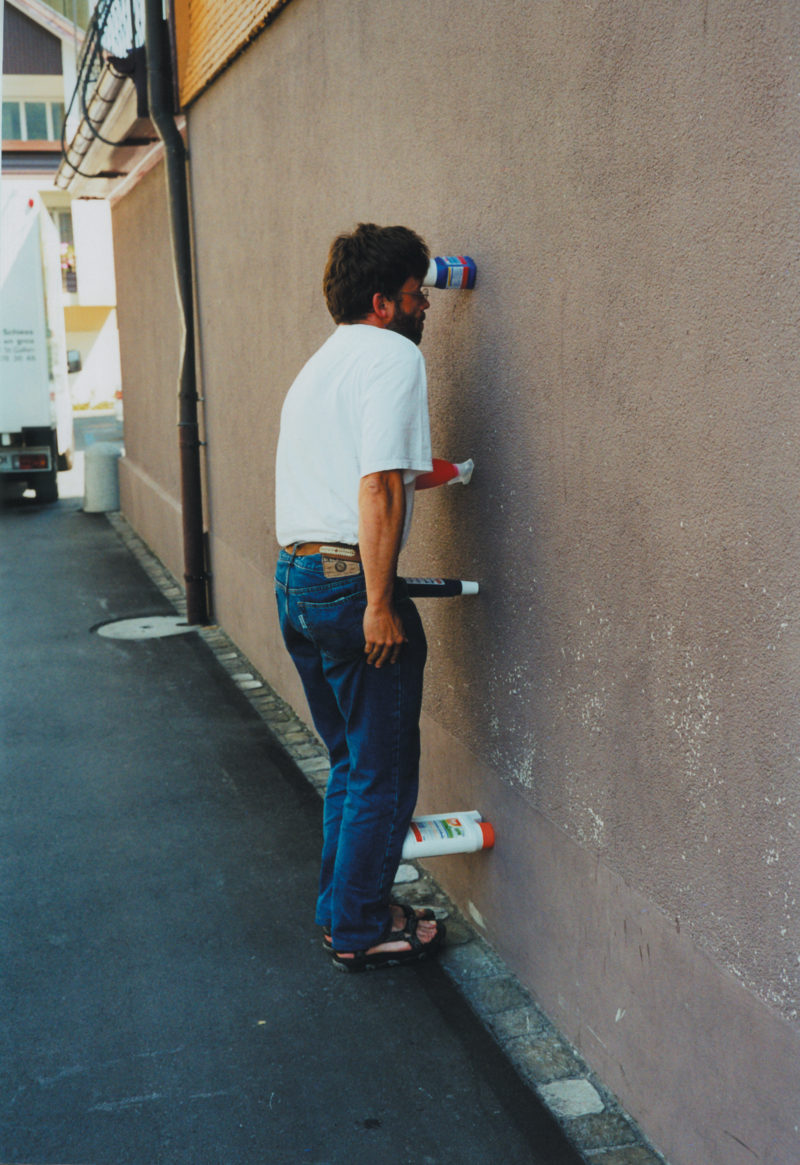
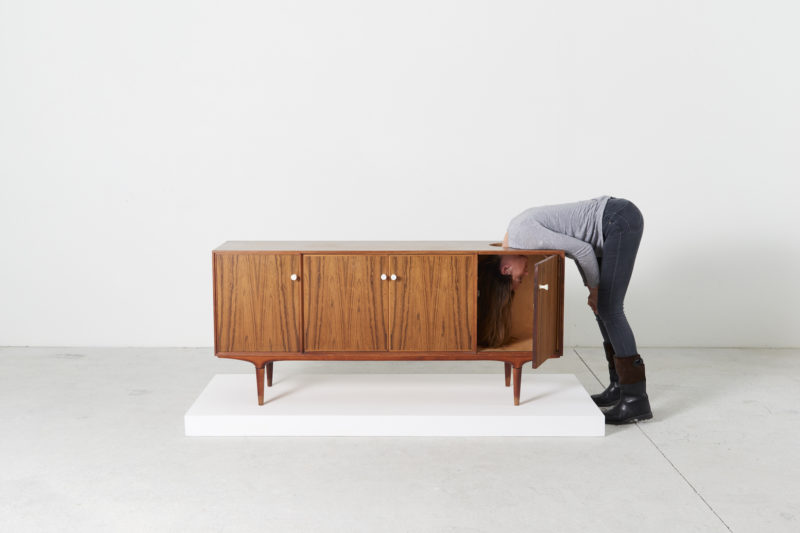
Red Hot Chili Peppers’ Can’t Stop video
Wurm’s work has been successful worldwide to the extent that he has been mentioned in other fields beyond art. He is credited for inspiring the concept and imagery of the video Can’t Stop of Red Hot Chili Peppers, which got over 350 million views on YouTube.
Instructions & participation
The work from One Minute Sculpture is meant to be copied and imitated. The artist encourages people to perform them over and over again. Viewers can participate in the One Minute Sculpture, but they need to let go of the part of their habits.
If you want to take part as a sculpture, Wurm has instructions written by hand in a cartoon-like manner for you to follow. These drawings are created by Erwin Wurm for every work. A text gives specific instructions guiding the performer on how exactly to pose for one minute.
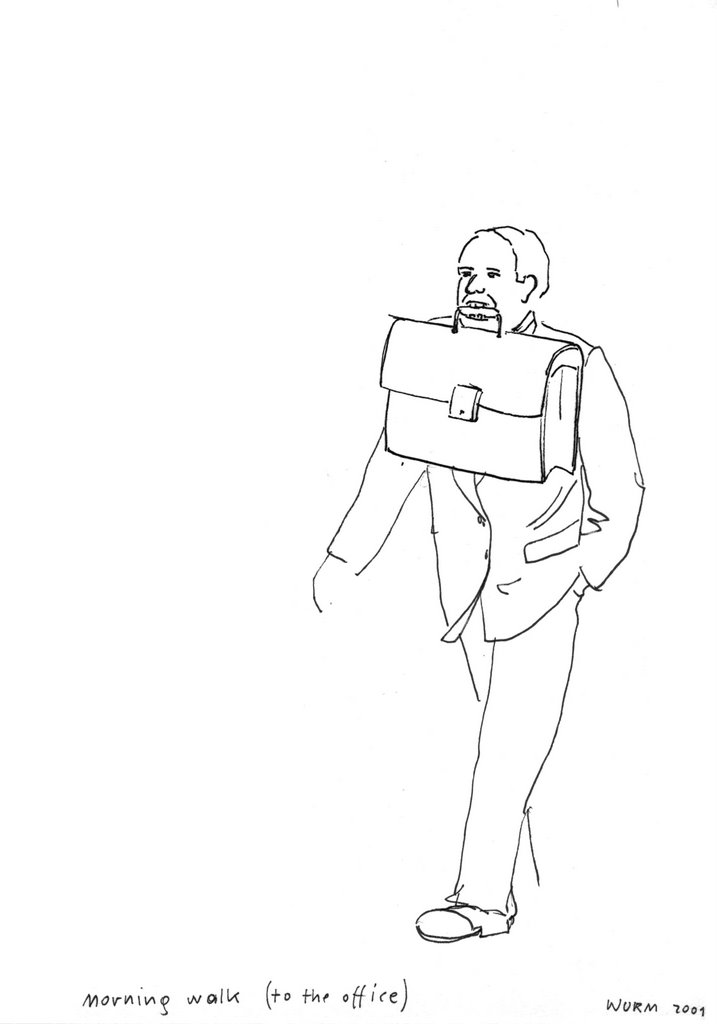
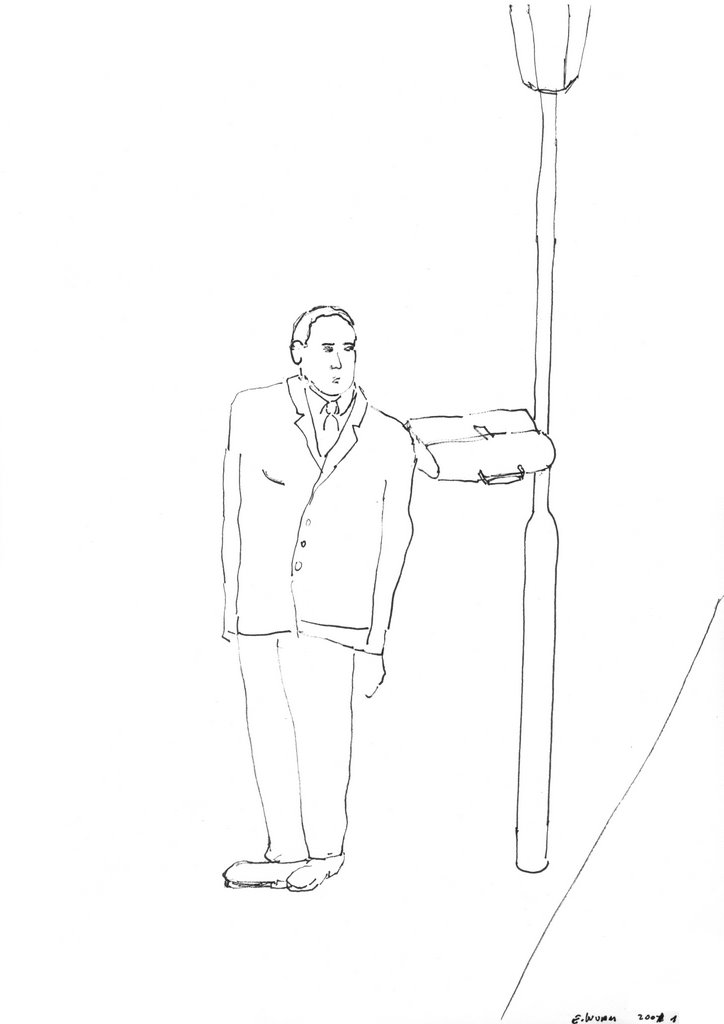
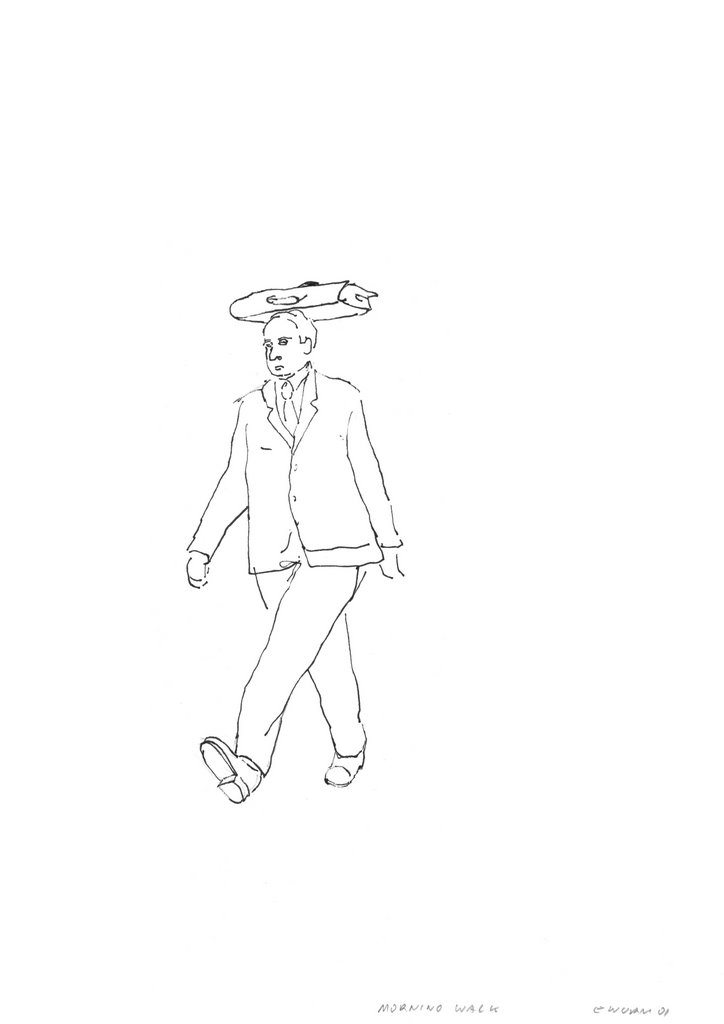
After reading and understanding the sculpture’s instructions, you will be brought an everyday object, or you can use whatever you are carrying. You will be required to pose with the object by putting your body in a bizarre and ridiculous-looking relationship with the object.
If you strike an unnatural pose with the object, you need to hold the pose for the time it takes to capture the act in film or photography, usually for less than one minute. As you expect, the pose is quite hard to hold for a minute.
One of the museums housing the works of Erwin Wurm is the MAK Center of Art and Architecture’s Schindler House in the California United States. In the museum, the audience is invited to perform with everyday objects such as buckets, fluffy toys, sneakers, and wood sticks.
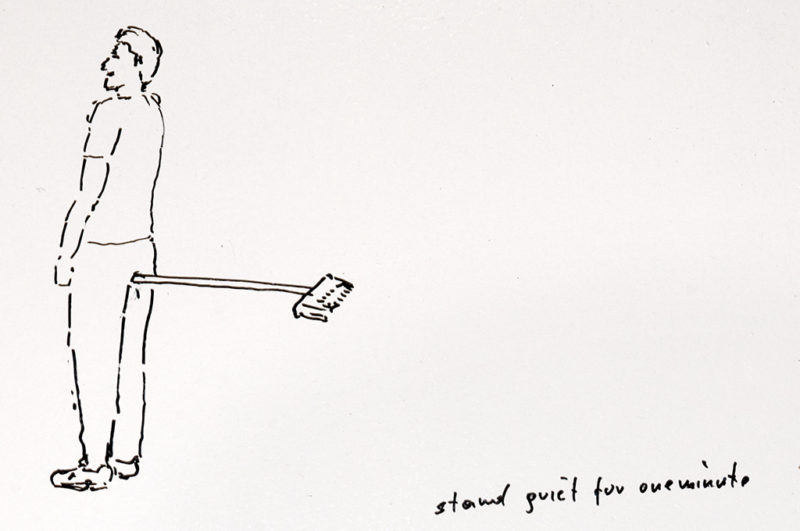
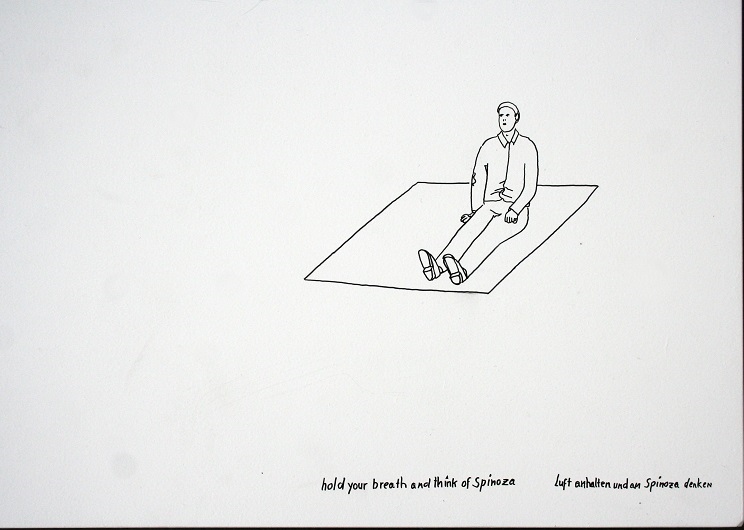
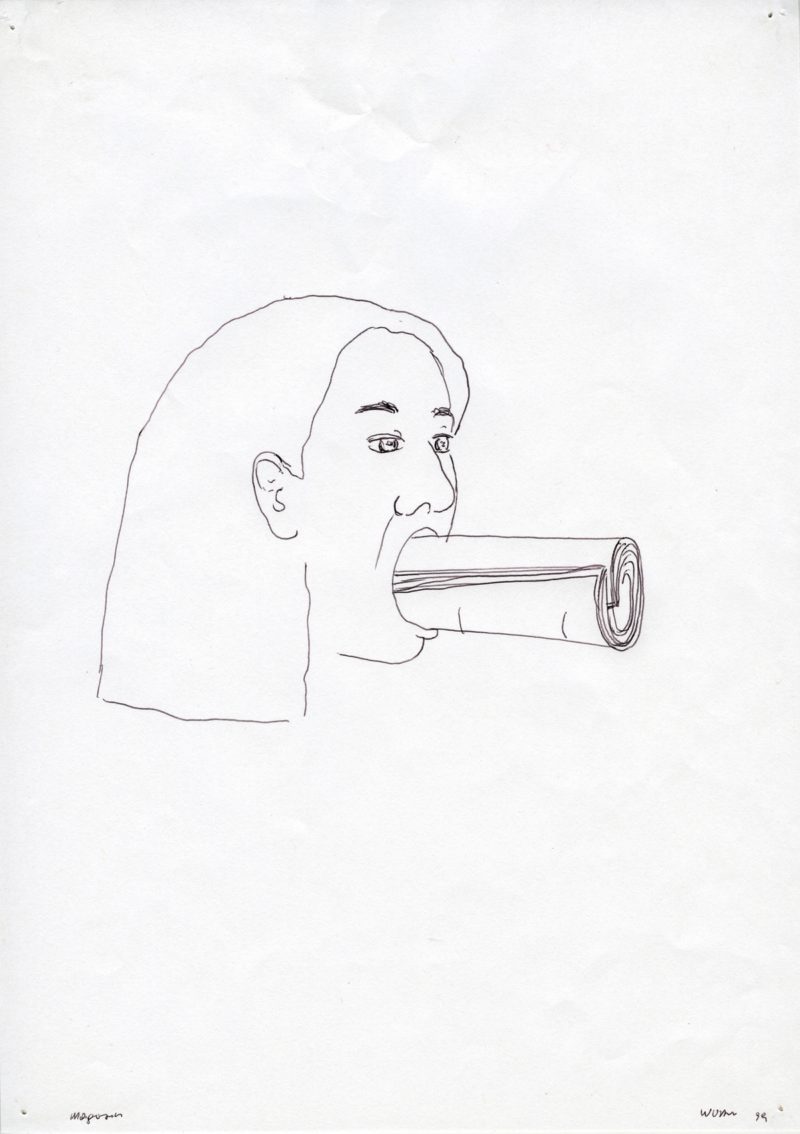
Subtle hints to real life events
In another work titled Ethics demonstrated in geometrical order, the object is an Aalto Paimio lounge chair featuring a head-hole at its lower back. The person taking part in the series kneels with the torso over the seat and bottom facing up. This way, the head goes through the hole. The art induces things like guillotine, scorn, ridicule, and other objects used daily but can put the human body in a vulnerable state or position.
The work from One Minute Sculpture can be connected to many situations worldwide. The above example can be associated with the current political situation in the United States, in which case it can be interpreted as the dangers of submission and compliance.
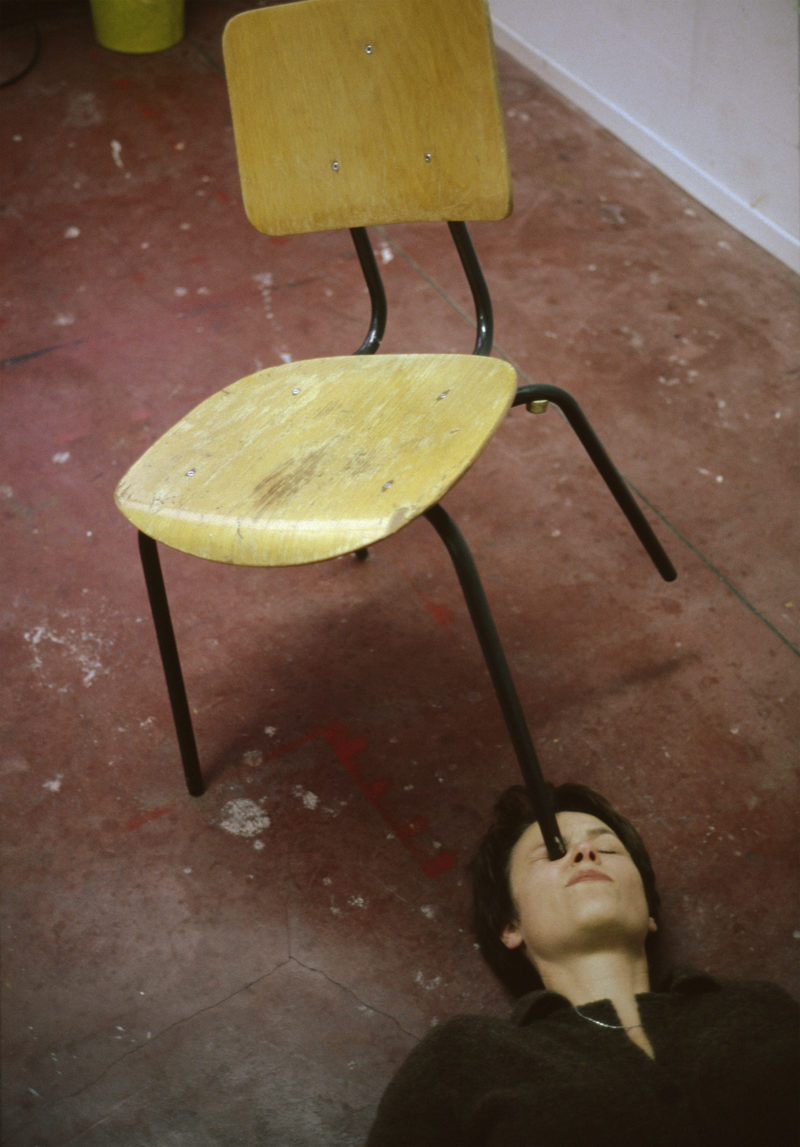
Image: Centre Georges Pompidou, Paris; FRAC Limousin, Limoges, © Studio Wurm/VG Bild-Kunst, Bonn 2014
The sculpture can also evoke different feelings when applied in different periods. For example, some time back, the immediate association would have been the viral photos of American soldiers violating human rights in Abu Ghraib prison.
On the other hand, the sculpture could also have been linked with the anti-monarchical sentiments in France or the dangers of public body shaming in Britain. Regardless of what the sculpture from the One Minute Sculptures evokes, it will almost always have some ethical components.
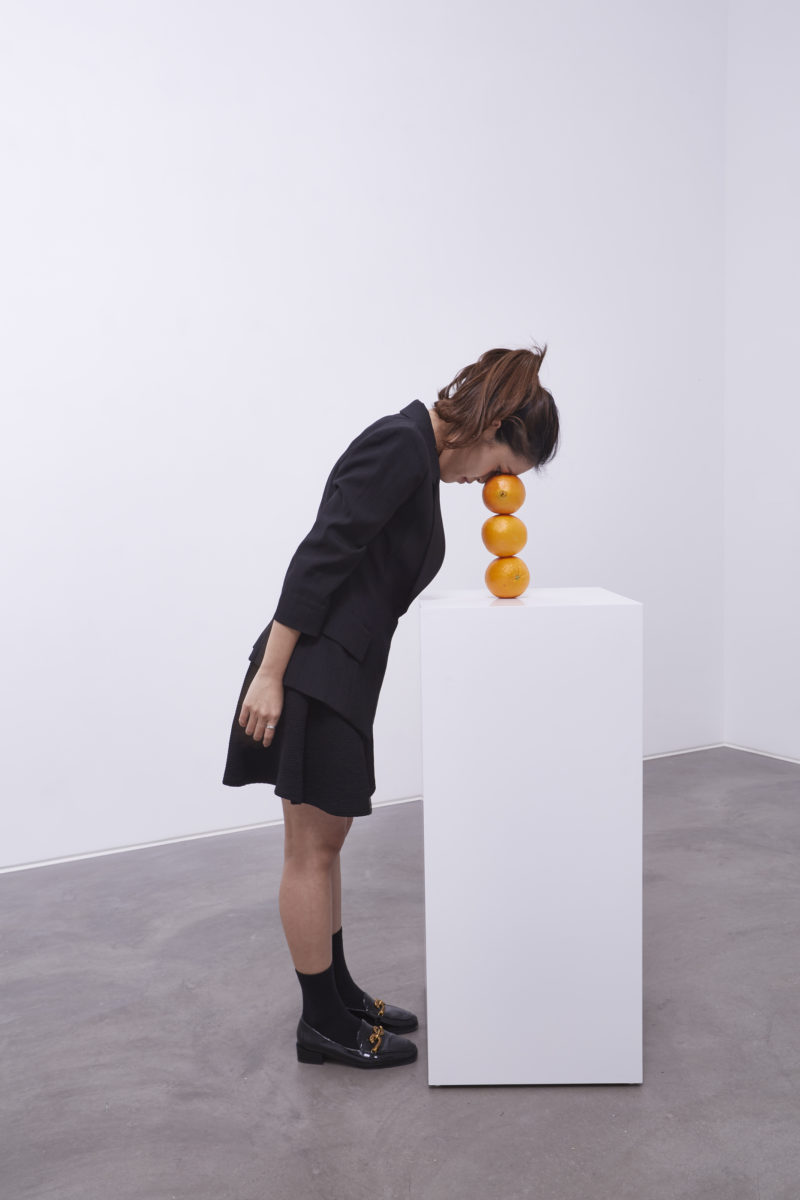
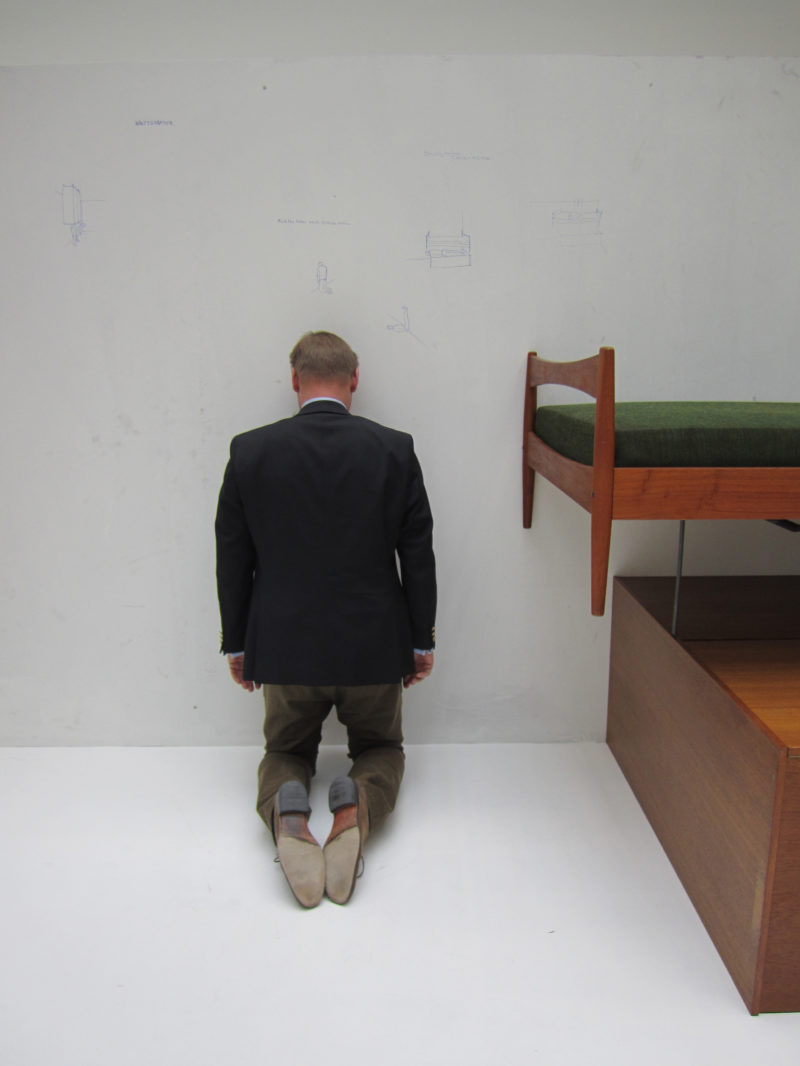
Video: Interview with Erwin Wurm
28 min 39 sec
The meaning
The meaning
Erwin Wurm’s artworks are mostly critical of Western society and the perception and childhood lifestyle during the post-World War II period.
One Minute Sculptures may look ridiculous and humorous. However, when examined carefully, they are wittingly serious. Wurm does not shoot straight; instead, he prefers to criticize playfully, which is always lost to many viewers.
He criticizes everyday objects like clothes, c 4ars, furniture 5, and so on to his audience. Compared to other artists, whose works are severe and poignant, Wurm’s work tends to elicit a few chuckles before the reality of the art sinks in the viewer’s mind.
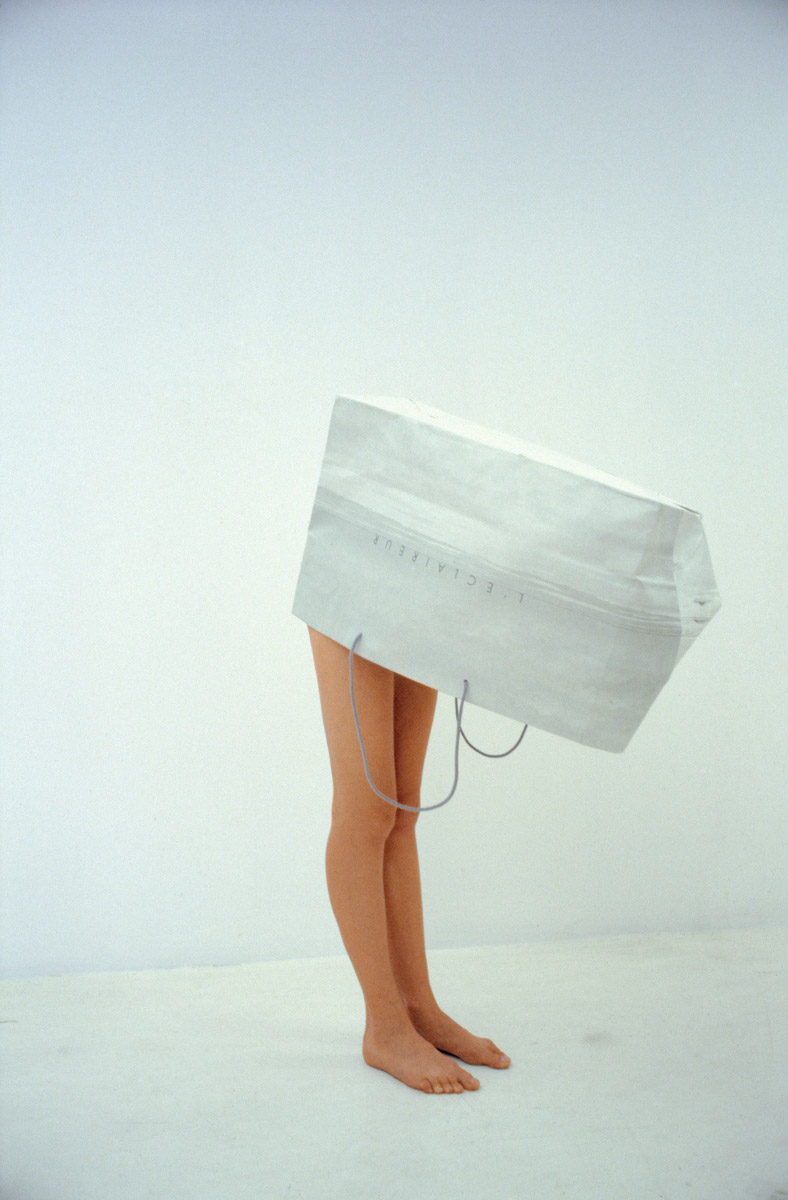
There is one way of thinking One Minute Sculptures images as sculptures. In the series, the artist connects a person and mundane objects in a temporary position, situation, or pose that can actually exist long-term in the form of an image or film.
The motionless action is momentary, by loose definition, a sculpture, which in a minute or so later, crumbles and disappears. The images left behind are also sculptures and are passed on by photography and film, unlike in a real sense, a sculpture.
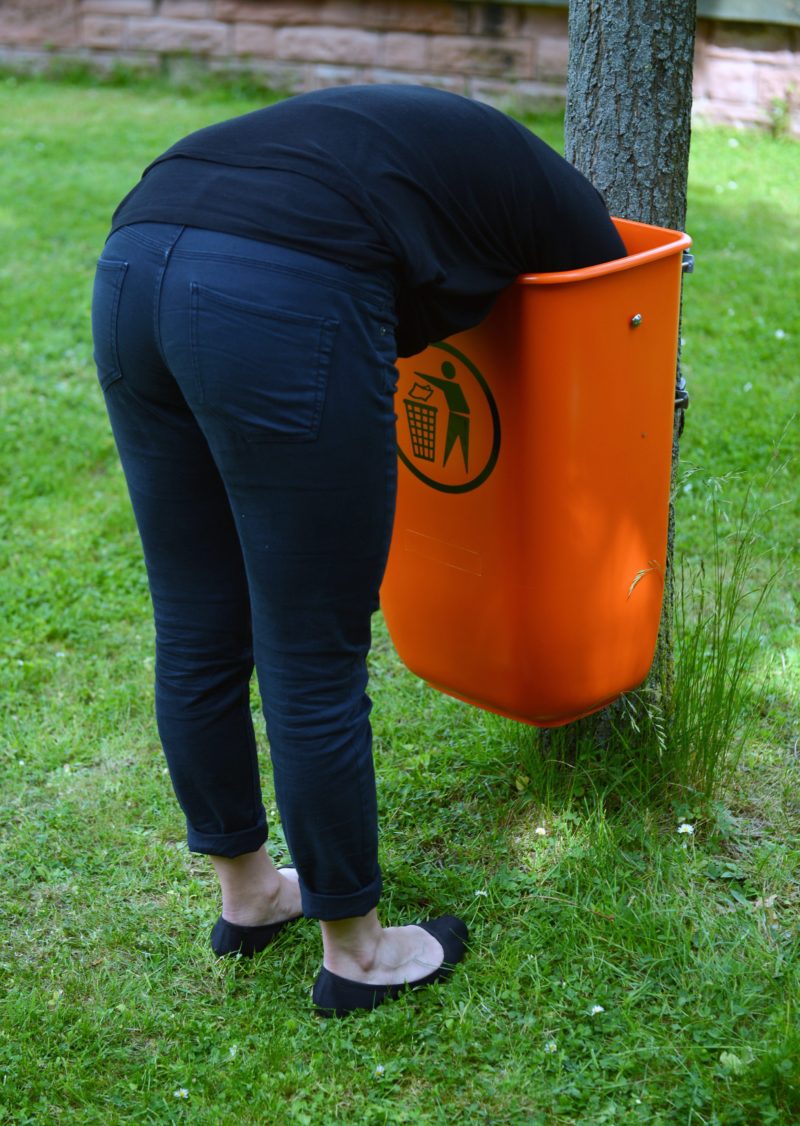
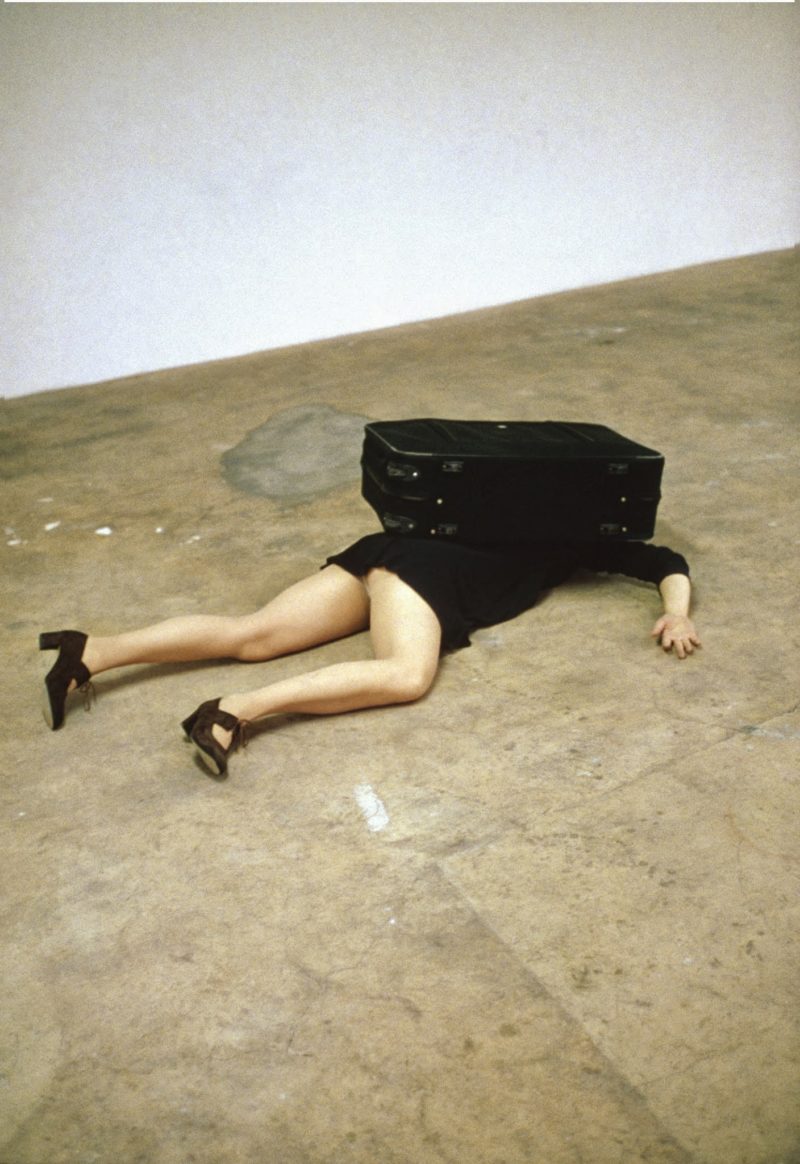
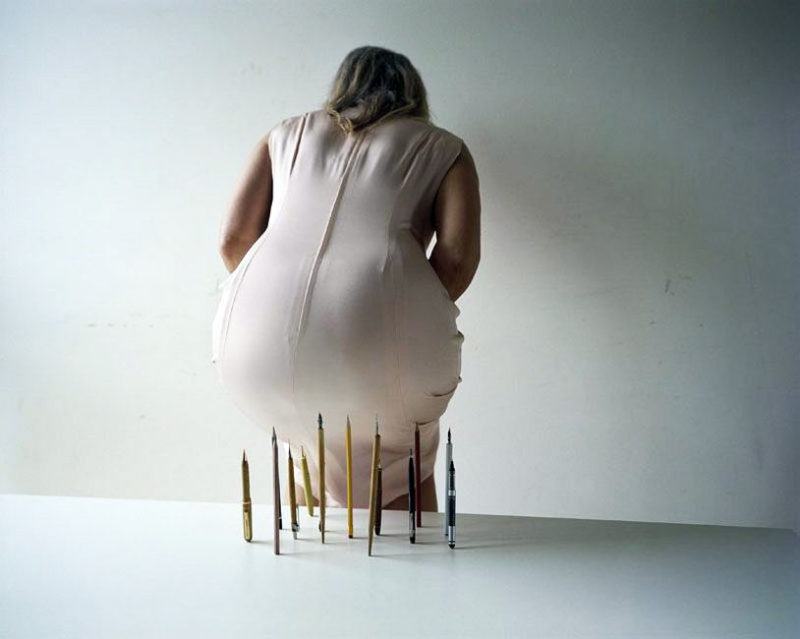
Conclusion
Either way you look at it, One Minute Sculptures has brought a new, unique experience into art spaces. For centuries, there have not been any physical interactions between the audience and the artworks.
